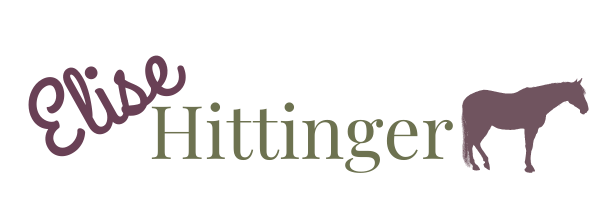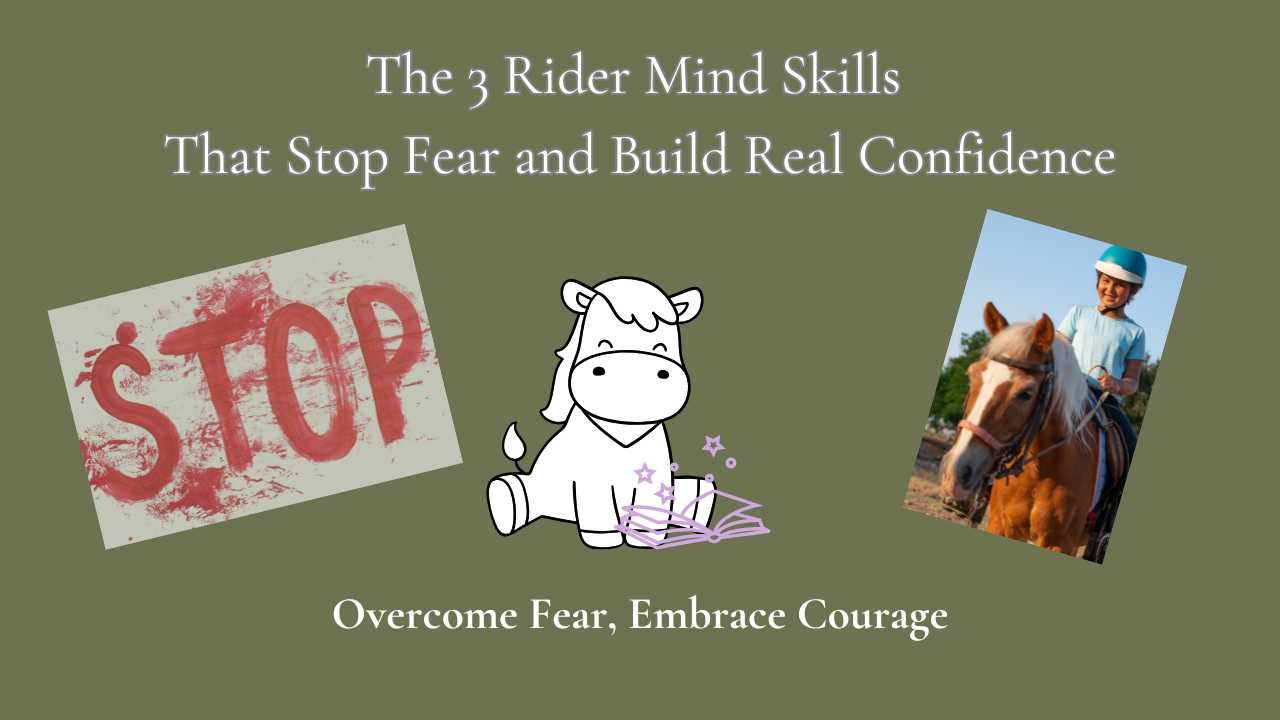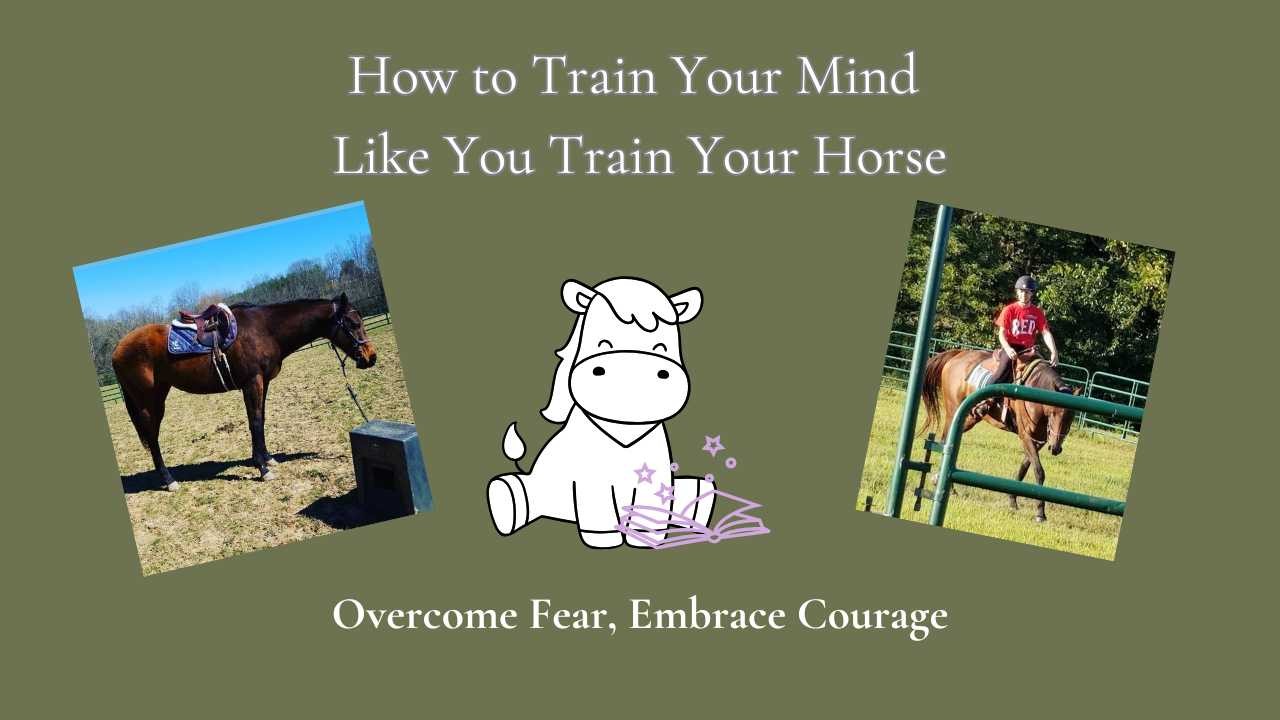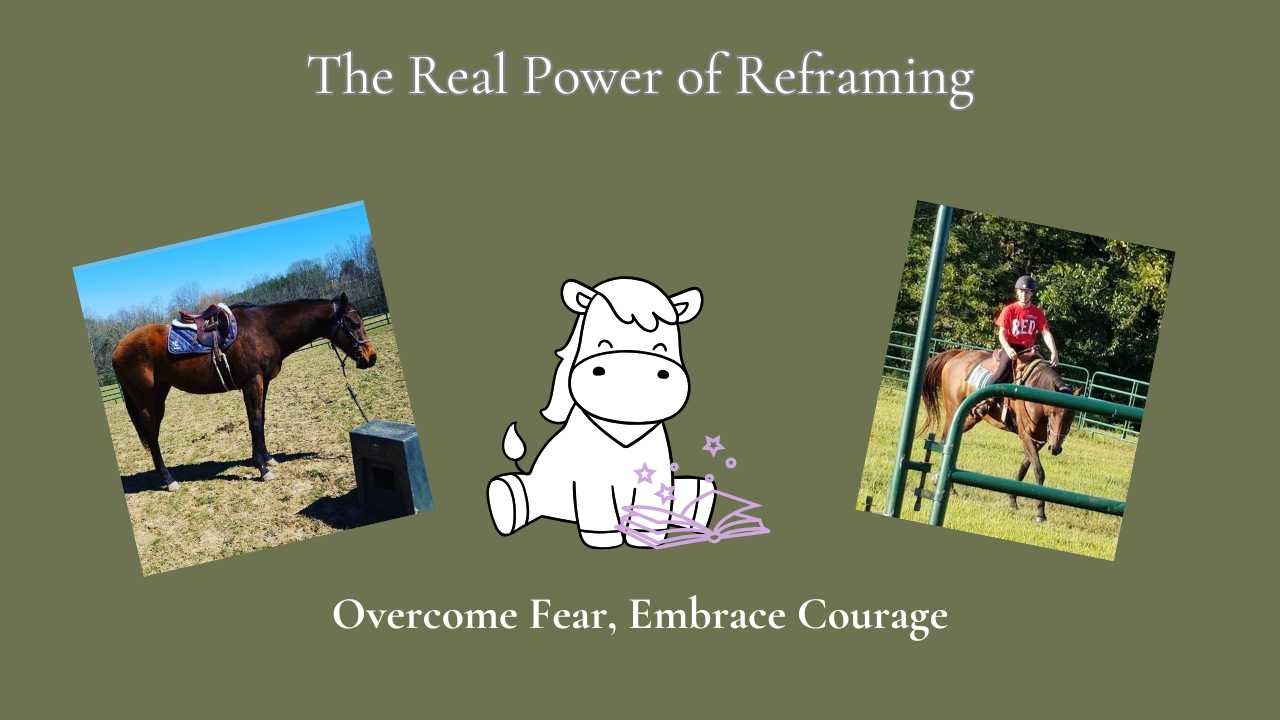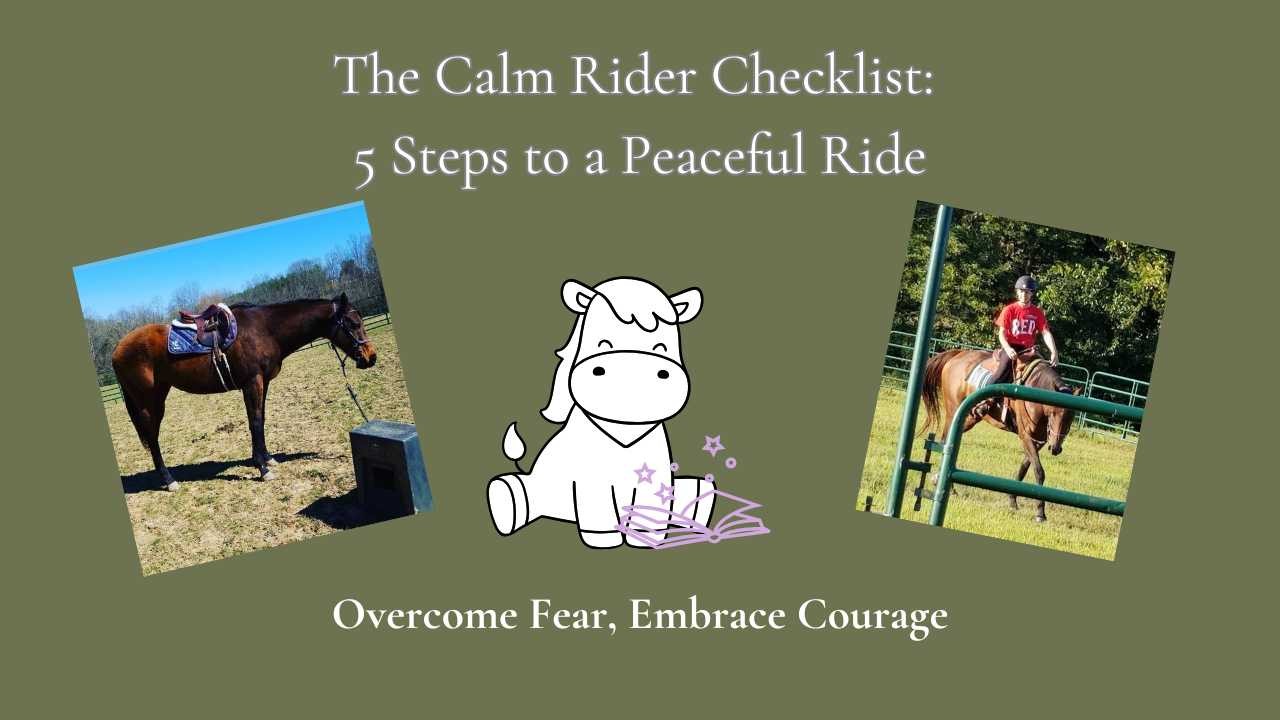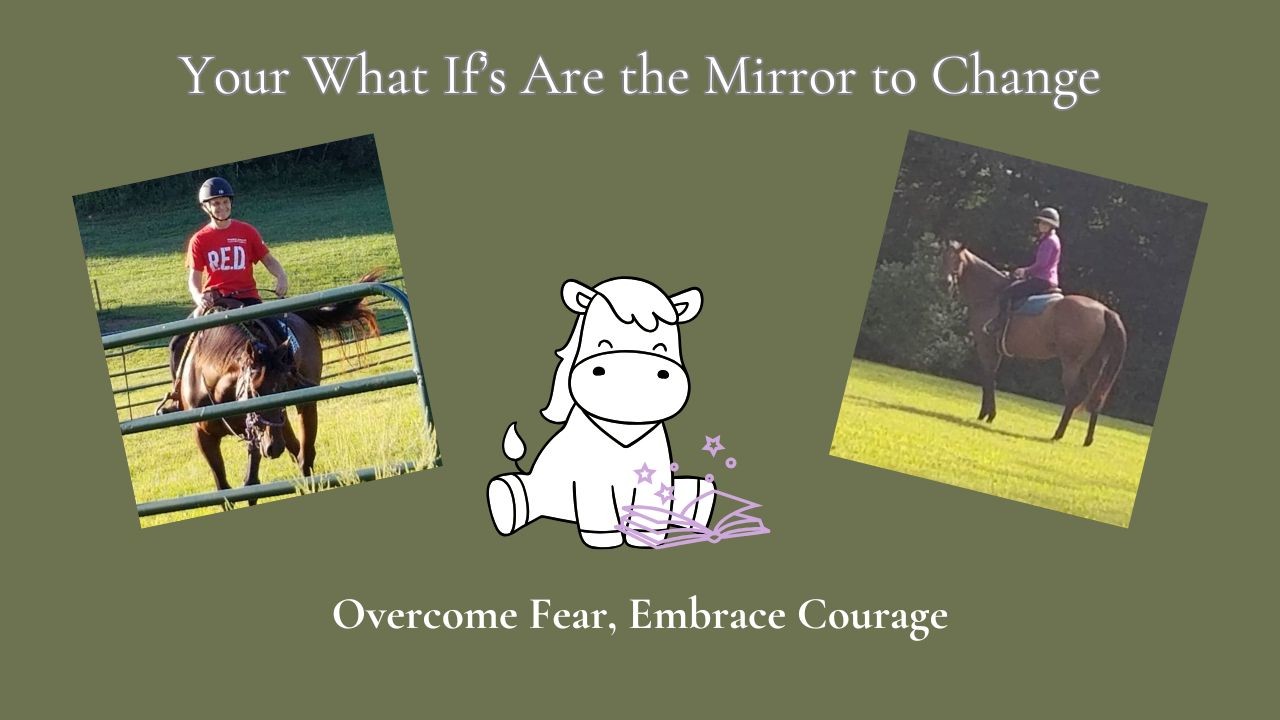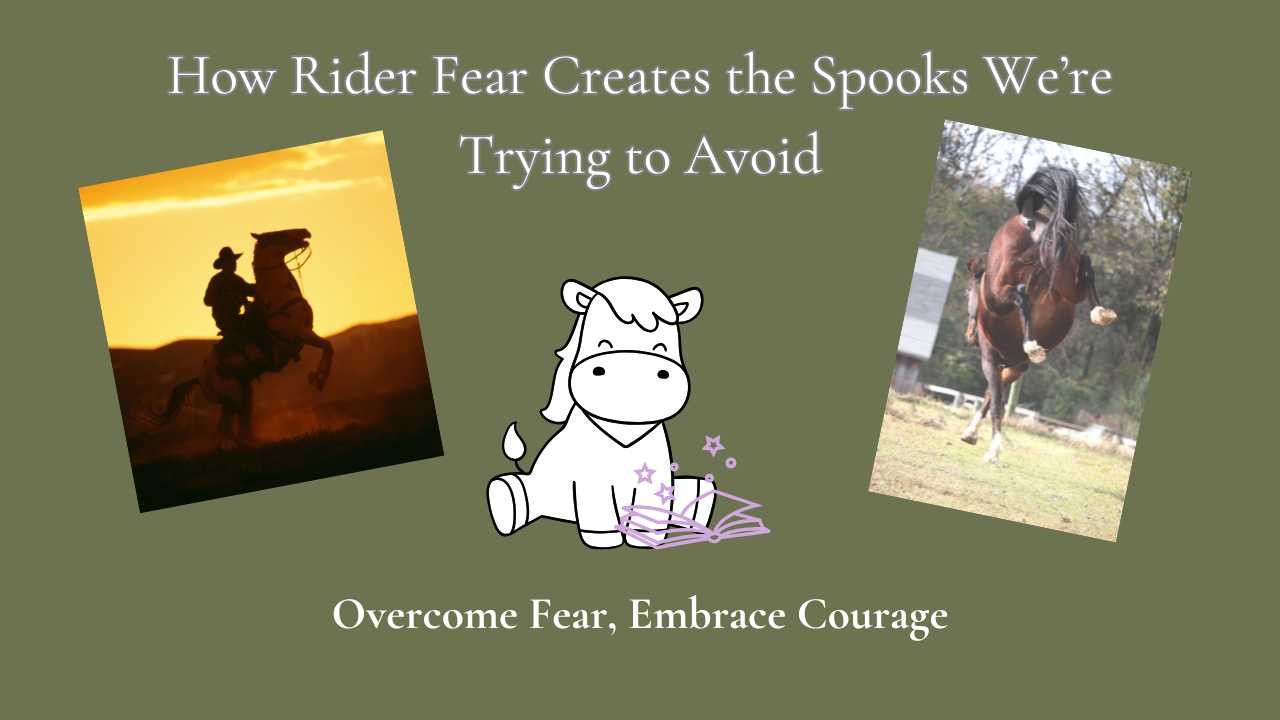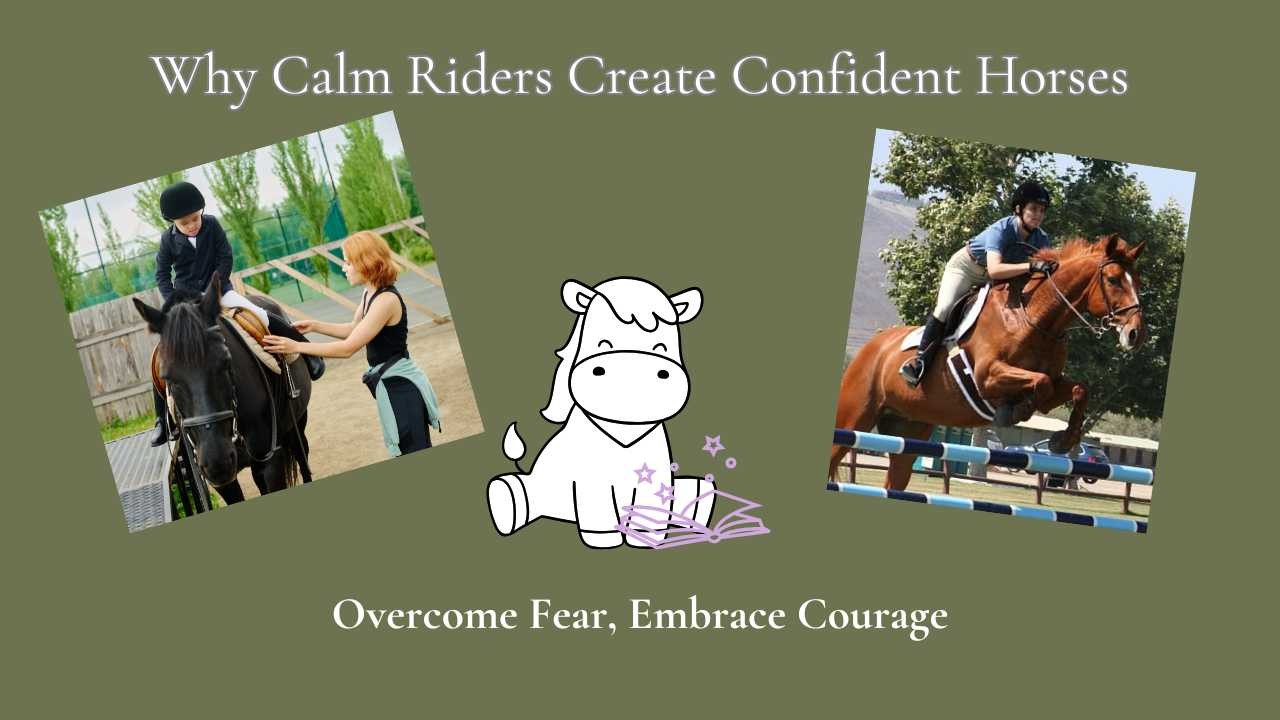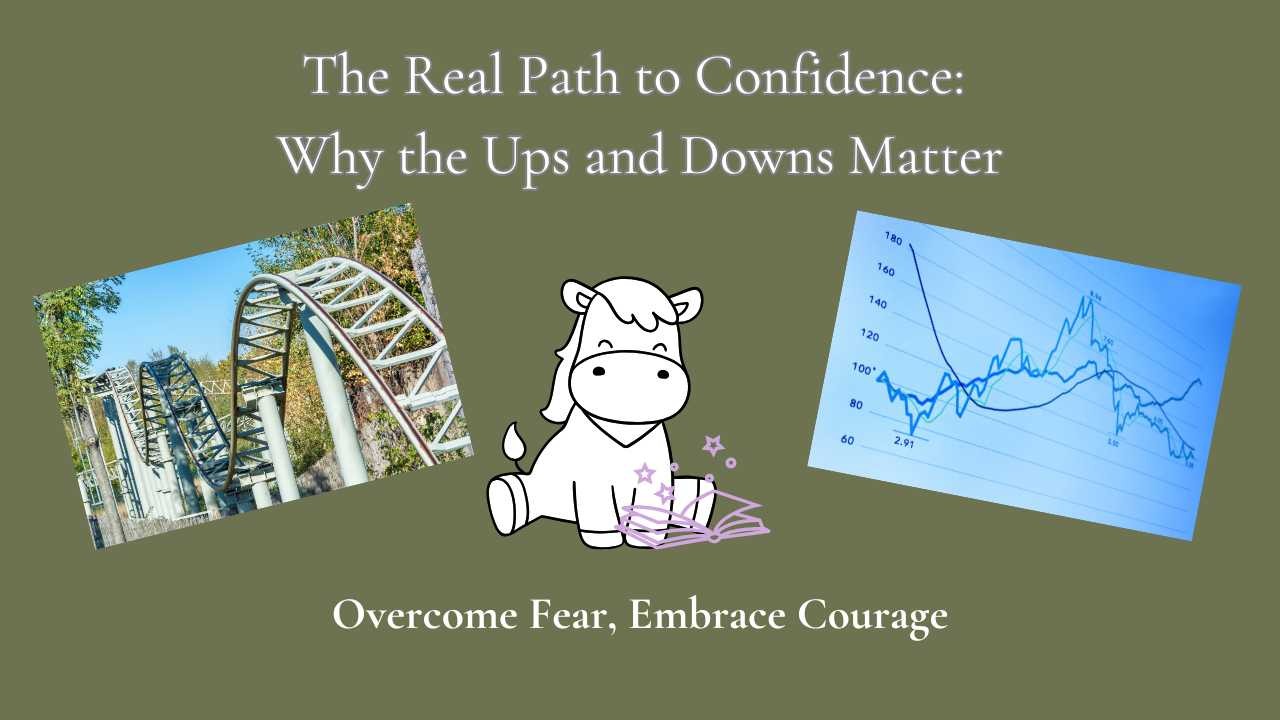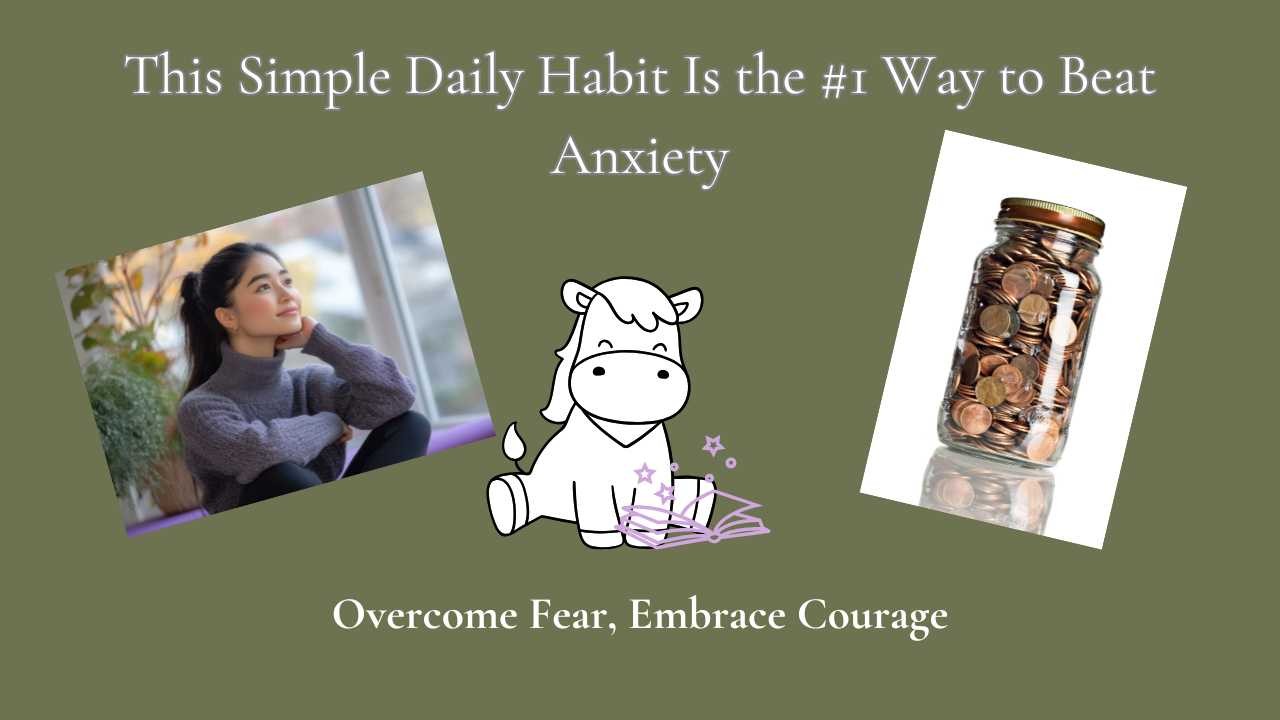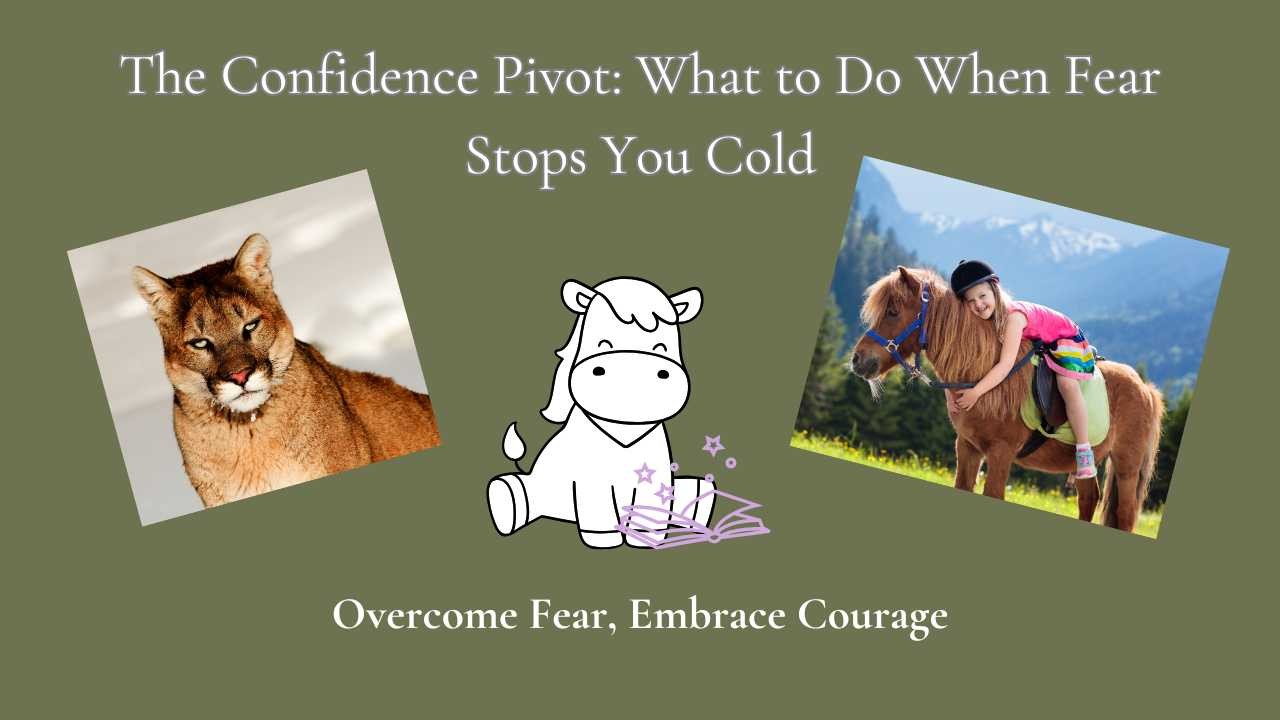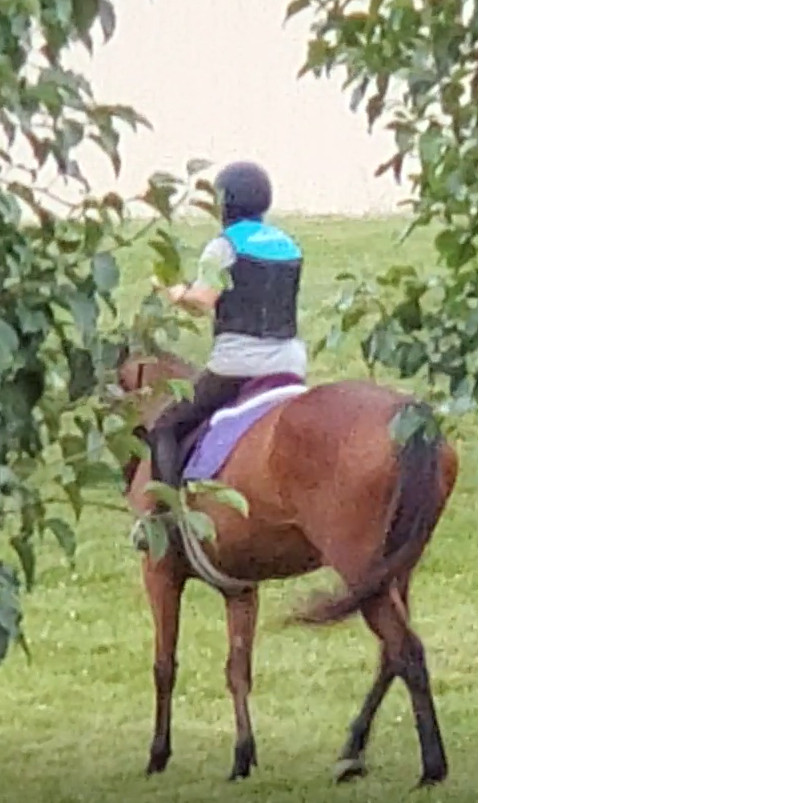
I was sitting on my pretty grey mare, tears streaming down my face as my trainer yelled at me, "Make her move, now!" I had tried everything, but I couldn’t get her to budge. Frustrated, I got off and handed her to my trainer to "fix" the situation for me.
That day is etched in my memory as a moment when I was rigid—both physically and mentally. This experience fueled my fears, leaving me uncertain about how to cultivate flexibility. Eventually, I realized I needed to confront my fears instead of simply handing my horse off to someone else. By the time I sold her, I had learned some valuable lessons.
The Role of Mental Flexibility in Overcoming Fear:
Just as a horse can become stuck, I found myself in a similar mental state—frozen, staring blankly at the challenge ahead. I recognized that when working with horses, I would distract them to encourage movement. I needed to apply the same principle to myself. I learned to mentally redirect my focus, distracting myself from fear and refocusing my energy. Instead of curling up in a mental fetal position, I chose to embrace flexibility in my thoughts.
The Role of Physical Flexibility in Overcoming Fear
My mental rigidity translated to my body, causing it to shut down. Looking back at photos from that day, I noticed how slouched and curled up I appeared—essentially fetal while sitting on my horse. Since then, I’ve discovered that even a small adjustment, like lifting my head, can significantly boost my confidence. That tiny shift makes me want to straighten my shoulders and sit taller. I was amazed to find that this minor physical flexibility encouraged my horse to free up her feet and start moving. She could sense that I was ready to go.
Recently, my anxiety and fear have dropped to zero and calm has taken over. I have received a number of hypnotherapy sessions, and it has added so much to my flexibility mentally. If you have ever been curious about hypnotherapy and reducing fear and anxiety, schedule a chat with me to see if it would be a good fit for you. Hypnochat with Me!
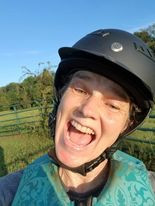
The sun was shining, and a chill in the air made the November morning feel invigorating. It was my first ride back after my accident, and I was filled with excitement. But as I prepared my horse, little doubts began to creep in. My breathing became shallow, and my palms grew sweaty. These feelings, which replaced my excitement, bothered me for many reasons. Upon reflection, I realized that not only did I lack a solid safety net, but I didn’t have one at all. Looking around at my riding friends, I noticed a similar trend—there wasn’t much in the way of safety nets. We often rode with a hope of staying safe rather than a plan to ensure it. In a sport that requires so little safety equipment, especially outside of competition, I wondered: why not build our own safety net?
Here are my three tips for creating a great safety net for riding:
1. Pre-Ride Checklists: I often felt scattered and lacked a systematic approach to ensure both my horse and I were ready to ride. Creating a checklist transformed my preparation routine. Now, I write down my plan and check off each item. This simple practice boosts my confidence, knowing I’ve covered all the essentials. (You can grab a copy of mine here!)
2. Know Your Response Plan: Anticipate your main fears—whether it’s rearing, bucking, bolting, or something else—and develop a clear plan for each. Practicing these responses until they feel second nature can significantly enhance your confidence and reduce anxiety.
3. Invest in Safety Gear: Wearing the right safety equipment is crucial. I always wear my helmet which I love, (check it out here), and either a life vest or riding vest, along with appropriate pants and boots. Recently, I added a double connect neck strap to help me feel more secure while riding. Discover what safety measures work for you, as everyone’s needs are different.
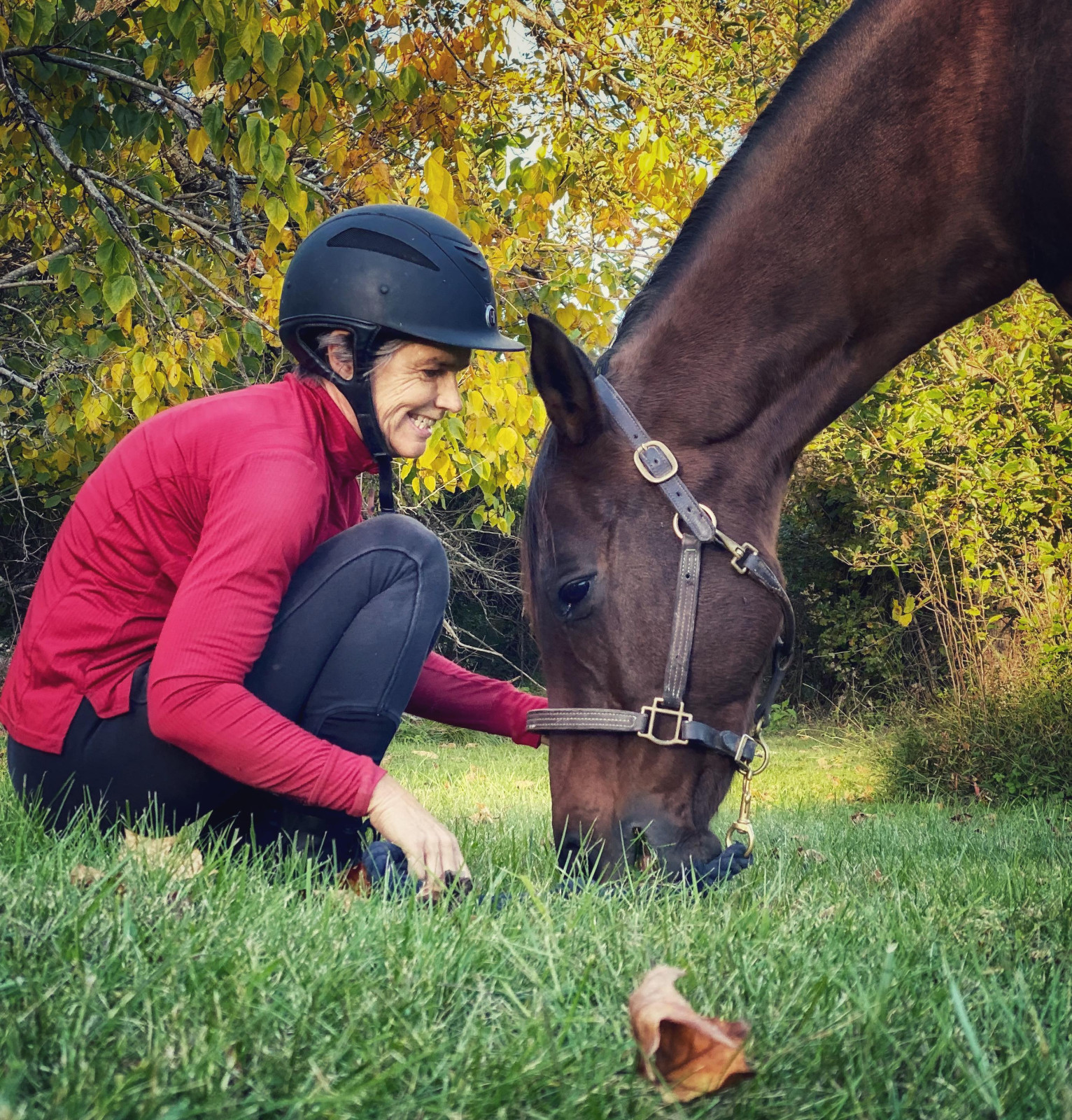
I was pondering a question the other day: "What is a Horses Biggest Fear?" As caretakers, we often think about the basics—food, water, shelter—but then it hit me, not having their herd is their biggest fear. What is the number one challenge I see and hear about when it comes to horses and it falls right in line with their biggest fear? Buddy sour behavior! Almost all of us have experienced that horse that speeds up on the way home or gets unruly when leaving the herd behind.
Horses are social animals; their lives depend on being in a herd. It makes complete sense when you think about it. In a group, they have a better chance of defending against predators like coyotes. The lone horse is the vulnerable one.
This understanding is powerful. With this knowledge, we can better prepare our horses and become the leader of our herd of two. Here’s how:
1. Helping Them Become Comfortable Within Themselves.
Horses thrive when they feel secure. By introducing them to different environments and experiences, we can build their confidence. This can be achieved through groundwork, exposing them to new sights and sounds, or simply spending quiet time with them. When a horse feels safe in their own skin, they're less likely to rely solely on the herd for reassurance.
2. Showing Them We Are Trustworthy Leaders.
Establishing trust is crucial. Horses are incredibly intuitive and can sense our emotions and intentions. Consistency in our actions—whether it’s through clear communication during riding or being calm during handling—helps them see us as reliable leaders. Engaging in activities like groundwork and playing repetitive games with them can strengthen this bond, making them feel secure in our guidance.
3. Keeping Them Safe.
A safe environment is key for any horse. This means not only physical safety—such as well-maintained fencing and clean living quarters—but also emotional safety. Horses are sensitive creatures that pick up on our energy. By providing a calm, confident presence, we help them feel secure. Additionally, teaching them how to navigate the world safely, whether it's through trail riding or exposure to new situations, prepares them for anything they might encounter. Keeping them out of dangerous situations if at all possible.
By focusing on these aspects, we can create a strong partnership with our horses and alleviate the anxiety that often accompanies buddy sour behavior.
If you want to dive deeper into the dynamics of this relationship, tune into my latest podcast episode, "Will I Fail the Horse." Let’s explore these challenges together and discover how we can be the leaders our horses need. You can listen to my podcasts here.
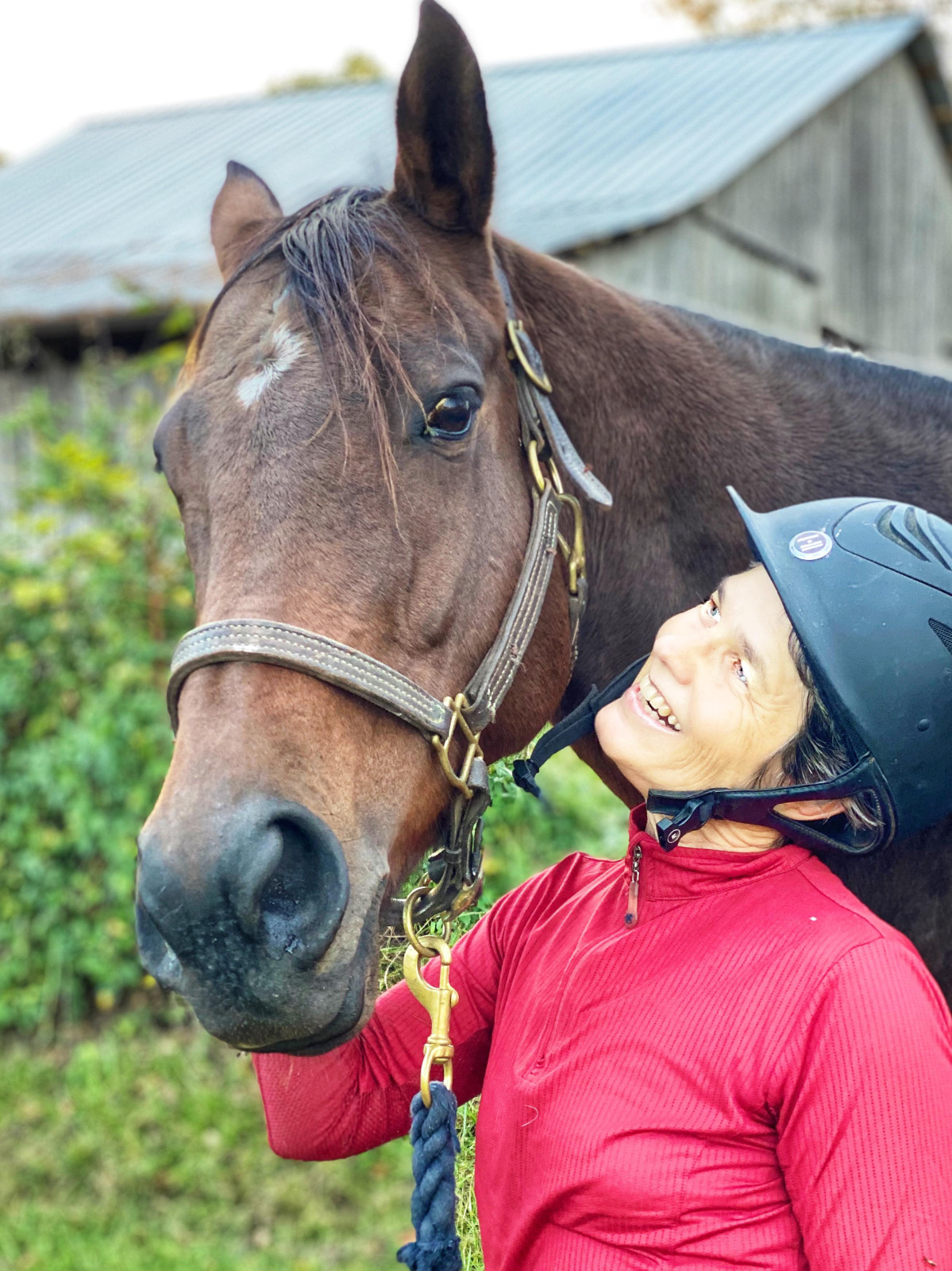
I couldn't breathe, the horse was crushing me into the ground, and I just couldn't get my breathe. I thought I should be terrified with the horse flipped on me, but it was like watching someone else. The whole way to the hospital, I kept asking if I was dying. I didn't think I would make it to the hospital. The accident left very little physical damage thankfully, but the fear came in with a bang. For the next 20 years, I was trying to squelch the fear and find my fearless kid again. Our lives can change in the blink of an eye.
What I didn't know then is that while fear can change our brain wiring in the blink of an eye, we don't have to waste a bunch of time, energy, money, etc. getting our courage back. It really does make sense that if fear can come in that fast, reversing it should be quick too. The real question is, is it possible to get courage back fast and the answer is yes.
I was thinking of our mind as a giant room with really pretty filing cabinets all around. In one corner is a bright red filing cabinet with a large sign over it, DANGER. When we run into something that causes us fear, our subconscious takes it out of the pretty cabinets and puts it in red filing cabinet. Using a process known as NLP, Neuro-Linguistic-Programming, we can pull that file out of the red filing cabinet and put it back into the pretty white one where it belongs. I was still very skeptical.
I had a young lady that was terrified of spiders, so much so, it was hard for her to sleep. I guided her through the process and in about 15 minutes, she was good and said she had no more fear. We went outside and she went right up to a big spider. There was 0 fear according to her. We had pulled that "spider" folder out of the red filing cabinet and placed it back in the pretty white ones and she was so relieved. It didn't take weeks or months of therapy or mindset work, it just took working with her subconscious to pull that file and put it back where it belonged. We gave her a reset from her scary spider experience to like it never happened.
This is the first process I have seen that can get courage back FAST if someone wants their courage back.
If you would be interested in finding out more, let's have a 15-minute chat and see if it would be a good fit for your situation. Just click here to get on my schedule.
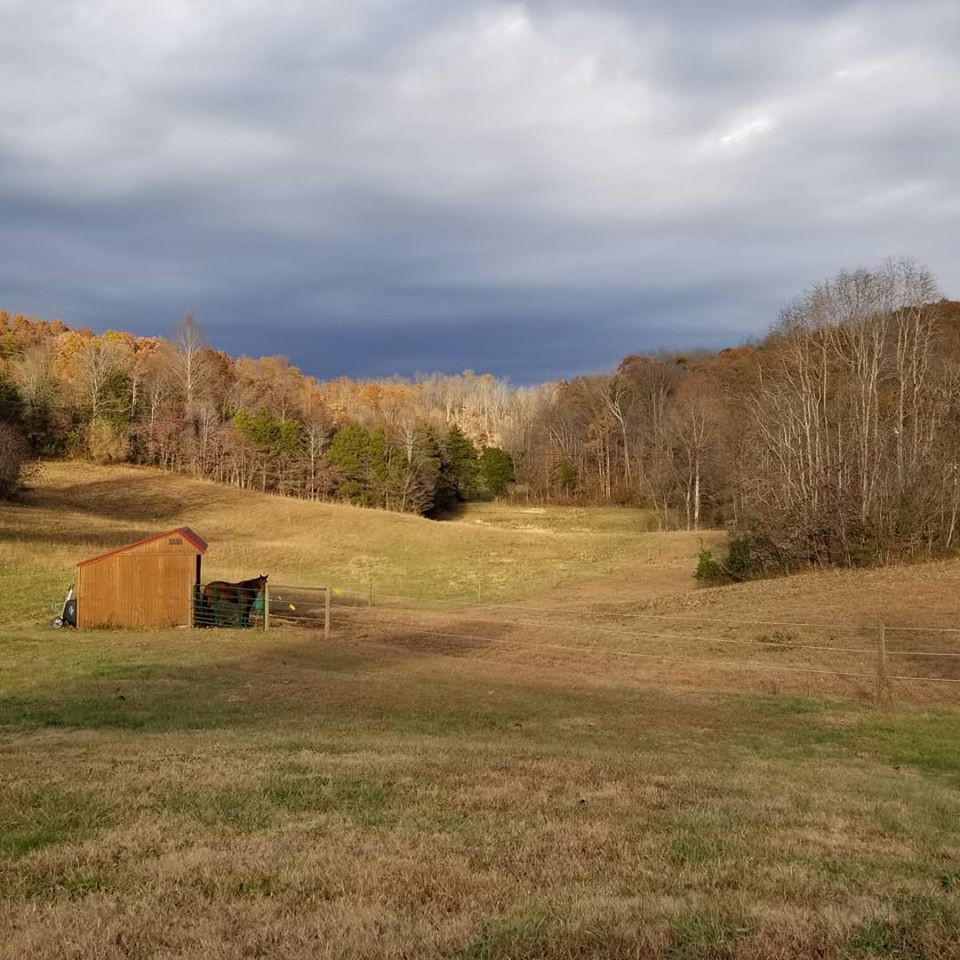
My friends were leaving on a trail ride, and I sat there watching them go, fighting my fear. Part of me wanted to go with them so bad but my fear said, NO WAY....just sit here safe. As the tears streamed down my face, and I was feeling sorry for myself, something in me shifted. I actually had time now to ride in the arena and just play with my horse. A feeling of gratitude started to fill me up.
That feeling of gratitude started me on a path to cultivating gratitude. I am not good at gratitude journals, or journals of any kind really, so I had to get more creative in feeling gratitude, especially for my fear, and it became really fun. The more I filled up with gratitude, the less room there was for fear.
Here are a few ways that you can start filling up with gratitude and pushing out the fear:
1. Gratitude Grooming. For those that have horses, put the intention to feel gratitude for all the little things while you groom. The hair, the muscles in both you and the horse, feeling the breathing of both of you. Find as many things as you can while you groom. If you don't have horses, or want a different one, take a walk and find as many things as you can to be grateful for.
2. Reverse Complaints. When you catch yourself with a complaint, reverse it into a gratitude. Here is my example from today. Complaint: I have to work next week instead of spending the time with the grandkids. Gratitude: I have an amazing job that I love, and it helps to pay for our farm where the grandkids get to have some amazing experiences. After I did this, I felt so much better!!! I will be an example of loving what I do. I am grateful I will still get to spend 6 or so hours a day with them. I am grateful I have all kinds of fun things planned. I am grateful they are coming for a visit.
3. Share You Gratitude with Others. Whether quietly or shouting from the rooftops, share your gratitude with others. It will start a gratitude ripple with more and more people feeling good.
I would love to read your gratitude practices if you would like to put them in the comments!
